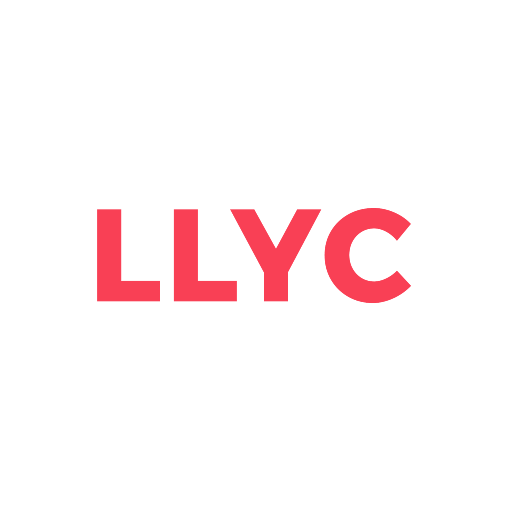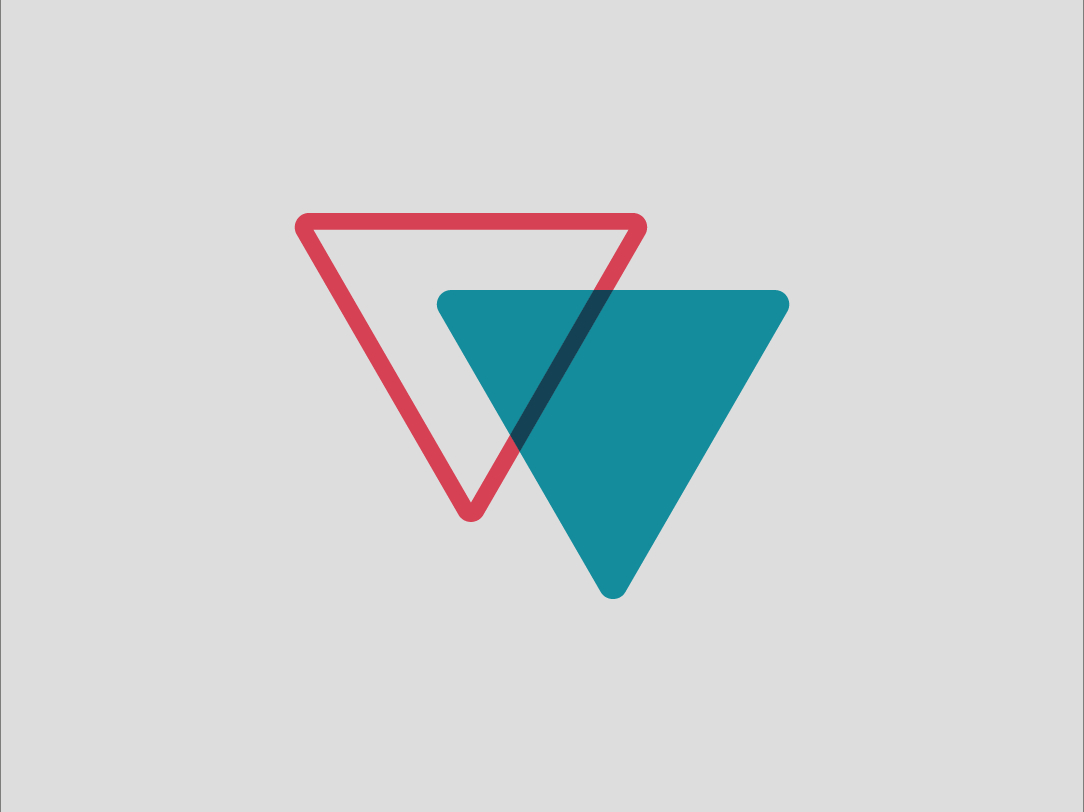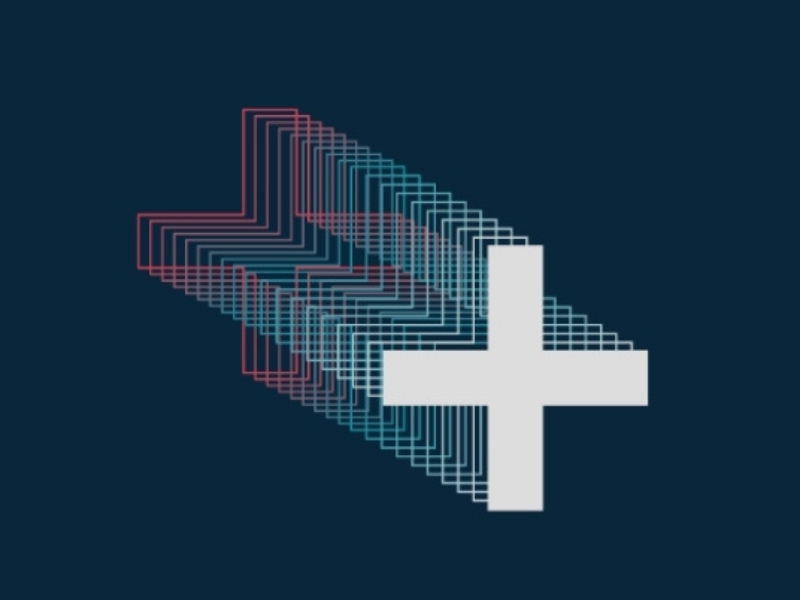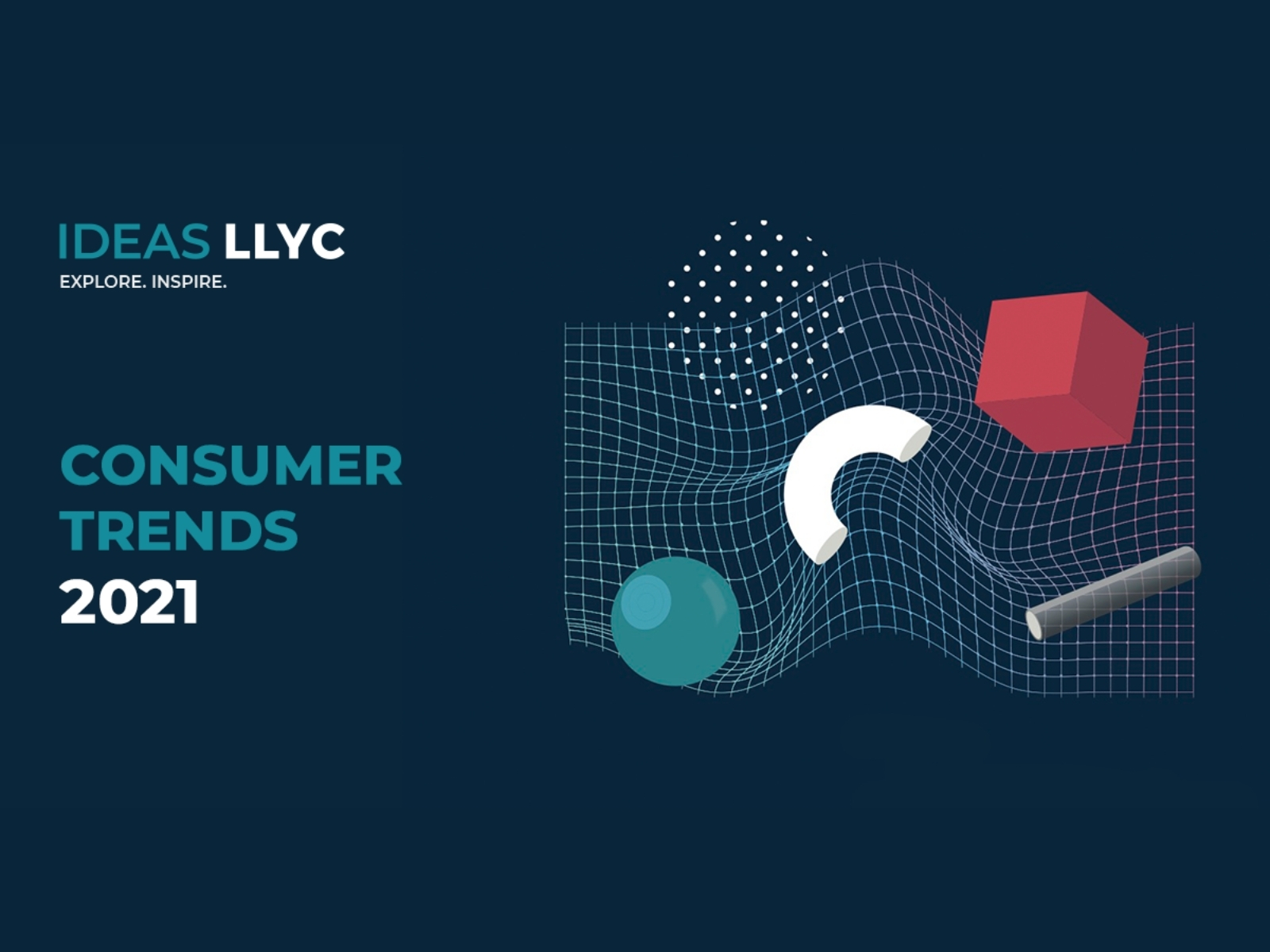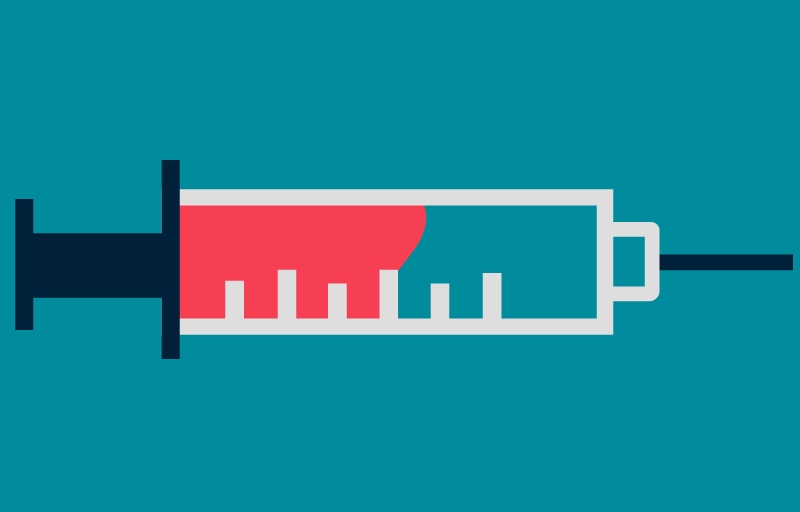LLYC 19 Feb 2020 // 7:29PM GMT
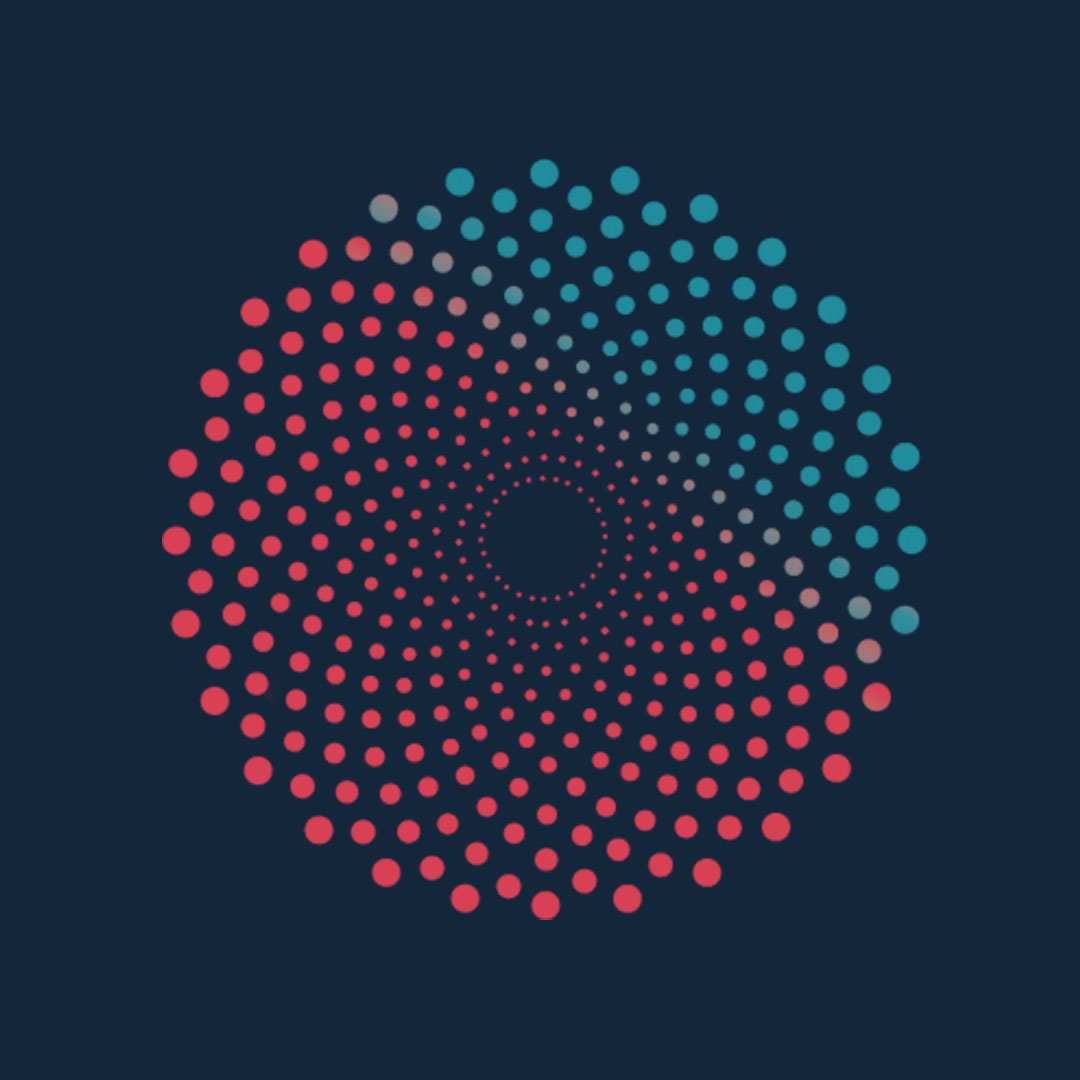
INTRODUCTION
There are three major disruptive elements in the ten trends below, and they, along with the others, will mark some of the major phenomena expected to affect consumer behavior over the coming months, as well as 2019 trends. Evolving demographic phenomena, macroeconomic impact and new technologies will all impact consumer decisions and change how we interact with brands. We live in a context of constant, rapid change, making it increasingly difficult to follow those currents that make it possible to successfully think ahead – but it is not impossible
1.- DEMOGRAPHIC CHALLENGES
Demographic challenges are most clearly seen in how aging populations will affect industries focused on health, wellbeing and the obsession with youth (Forever Young), as well as in the transformations in activism, with the digital gap closing and new generations beginning to participate in major global conversations (Post-generational Activism). Demographic changes are also one of the main factors in the increasing hint of pandemic in the production and consumption of food (Foodemic). There is an almost paradoxical situation in this area, with more developed countries experiencing both increased obesity and a rise in “healthy” alternatives. This sits in contrast to middle-class access to more sophisticated eating habits in developing countries, as well as the impact this has on both the economy and the environment.
2.- ECONOMIC CRITERIA
Economic criteria also influence the development of new kinds of consumer behavior, which was affected by the global economic crisis. Some consumers have kept the habits they picked up during that time (Consumer in Crisis), while others are developing specific desires for luxury, and they continue to grow more demanding (Luxury Consumers). The crossover between this demand and the wide range of technological possibilities means we are moving away from consumers as the center of brand activity and toward consumers as a standalone consumption ecosystem. Companies must decide on, co-create and personalize an increasingly sophisticated customer experience. This is an area in which retail, which many had given up for dead, is reinventing itself (Brand Consumers and Retail Reborn).
3.- TECHNOLOGICAL GROWTH AND DATA USAGE
Technological growth and data usage have also driven new phenomena in which both human and utilitarian aspects have taken on new value. This has several reasons, such as the current evolution in online searches as the amount of information available for consumption continues to grow (Human Search). There is also a growing need to surpass brands’ current levels of reactive consumer relations, as well as an evolution toward a new era of anticipation based on intelligent data use, with all the ethical questions this implies (The Era of Prediction).
10 CONSUMER TRENDS 2020
1. CONSUMERS IN CRISIS
“Whoever scalds themself with milk, sees a cow and cries.” This curious Argentine saying refers to the simple idea of acquiring experience only after an unfortunate event has already occurred. It can be applied to any life situation, including the one we want to analyze here: How modern consumers behave. Or, more specifically, how they consume and what post-crisis consumers choose to “spend” on.
What is the logic behind their consumption? Because if there is one thing that prevails in today’s new consumer habits, it is their logic and their deliberation process before making a decision to buy. This is because this mature consumer has recently faced times of crisis, debt payments and the need to save, in the best of cases. Consequently, they have also had to cut their spending.
A decade ago, a Deloitte article predicted this downturn in costumer habits, even after the crisis had passed. “During the economic crisis [20082009], there were various changes in consumer behavior, many of which will persist even when the economy recovers,” the report predicted.
The article mentioned loss of confidence, which meant consumers would decide to spend less in the future for fear of factors like the destruction of wealth, difficulties in accessing credit and tax increases. Like the “elusive psychological factor” connected to the prolonging and deepening of the recession, it has created a long-lasting impact on consumer willingness to participate in risky behavior and caused a permanent shift toward more economical spending. “Fewer big-ticket purchases, more discounts and comparative purchases, investments in quality products and a re-emergence of ‘made to last’ values.”
This change in behavior also began to be reflected in more existential transformations, such as new food consumption habits in a move toward a healthier lifestyle. Another emerging phenomenon tied to this “conscious saver” behavior can be seen in the consumer shift toward considering sustainable and ecofriendly products, when these were unknown or mostly ignored a decade ago. The concept and implementation of “circular economy” has also emerged. This model of consumption seeks to make the most of resources by reducing, reusing and recycling consumer products and materials. “Save and make the most” are the new consumer’s commandments.
As well as cutting spending, the report mentioned another kind of behavior the recession caused, one with a far greater long-term impact that runs even deeper than the changes in food consumption. “In developed markets, the downturn eroded consumer confidence about the future, causing some to not only hold off on unnecessary consumption but also delay starting families... As countries become more developed, there are a variety of factors that cause people to have fewer children.”
It is a fact that today’s consumers are financially limited, and that makes them more aware. They are demanding and critical, not only about what they buy, but also about the ways they live in general, including in how they start families. Paradoxically, this makes them empowered consumers, with greater decision-making skills. Furthermore, thanks to technological advancement and its impact on everyday life, today’s consumer continues to evolve beyond old restrictions or precautions.
This context increases the demands on brands to differentiate themselves from the competition and offer outstanding products (innovative, sustainable, efficient) that do not go against individual economic situations. Furthermore, companies must face the challenge of better knowing and connecting with consumers.
In short, the new post- (and not-so-post) crisis paradigm will continue to act like a vicious (or virtuous) cycle. In it, brands and consumers come together to consume increasingly less – and better.
2. FOODEMIC
The UN Food and Agriculture Organization (FAO) reports that Latin America was the global region where undernourishment in the population dropped the most between 1990 and 2014, falling 60 percent. The challenge of nutrition involves a combination of factors, including economic growth, political commitment and the resources necessary to get more food to a growing population. If we look at the top ten healthiest countries in the world, with Spain, Italy, Iceland, Japan and Switzerland at the top, we can see that they meet these criteria. With a growing population and finite natural resources, such as food and water, experts see the three priorities main as healthiness, variety and quantity. At the same time, the progressive entry of millions of people into the world’s middle classes and their subsequent step up to a more advanced level of eating has had a growing impact on both the economy and environmental sustainability.
Food is becoming a progressively important debate with a pandemic edge, not because of its scarcity (as had been the case up to now) but also because of the many derivative factors, including rising obesity rates in first-world countries; a growing obsession with healthy eating; the impact of animal exploitation on the environment; regulation for new proteins, with insects at the top of the list; and even the development of artificial meat alternatives. The food industry has historically played a key role in the systematic production of an increasing number of foods as quickly as possible, but in recent years, it has faced growing pressure from public opinion around the world that affects all the dimensions of its value chain, as well as its own purpose.
Today’s citizens question, challenge and make demands of sector companies, which has repercussions on the overall structure of a $36 billion industry. This more- and better-informed citizen demands less waste as part of the shared responsibility between buyers and industry; better animal welfare, which implies a change in mentality even influences some countries’ prohibitions on foods like foie gras; and a reconsideration of the consumption of dairy products, as based on the fair treatment of cattle. There is also rising demand for environmentally-friendly, ethical foods that use fewer natural resources, which is a big issue for the meat industry. This sector is now being criticized for its CO2 emissions, the amount of water required for production, the energy resources used for transportation and the ways it changes local ecosystems to make room for grazing fields. This comes alongside the growing conversation about the abuse of antibiotics in animals and their impact on human immunity.
In more developed societies, all these concerns have led to growing communities of people who love organic food, not to mention flexitarians, vegans, vegetarians, raw vegans, ovo-vegans and, in its most pathological strain, the growth of orthorexia, an obsession with healthy eating. These groups, along with many others, will feed the conversation on a different vision of food, one with environmental, economic and geopolitical implications.
3. FOREVER YOUNG
The UN predicts that the world population could reach 11 billion by 2100. The World Population Perspectives report confirmed that the population is getting older as a result of increasing life expectancies and decreasing birth rates. The over-65 population will represent almost half of world demographic expansion between now and the end of this century. Global life expectancy has increased from 64.2 years in 1990 to 72.6 years in 2019, and it is expected to increase to 77.1 years by 2050.
In this context, who wouldn’t want vitality, or to discover the source of eternal youth? Being forever young is increasingly becoming the dream of multitudes, with implications on both consumption and the development and emergence of new industries. Millions of people are searching for behaviors and products to delay the advance of time. Staying young in body and soul is the great goal of our era.
The world wellness market grew 12.8 percent between 2016 and 2018, making it a $4.2 trillion industry. But what can consumers expect in 2020?
According to the KPMG 2030—Key Points for the New Decade trends report, personalized and preventative medicine will grow notably. And, strange though it may seem, technological progress and digital transformation will make it possible to further humanize the system, putting patients at the center of healthcare strategies. The future of medicine will lie in the personalization of medications, dosages and processes for each person’s specific needs.
Though at first it may mean high technology costs, this approach will be more profitable for the health system in the long term. As data analysis continues to improve, it will allow increasing progress in research, as well as in diagnostic, therapeutic, and management procedures.
To avoid having to spend on healthcare, the population’s demand for wellness and prevention information in the palm of their hands (that is, through their smartphones) will only continue to grow. One of the major trends will be apps for exercises that can be done outside of the gym, either without leaving home or in any location, fitting into each individual’s routine; these services saw a 22 percent increase last year. Better breathing habits to calm the mind and reduce heartrate will also be among the leading trends, as evidenced by the 219 percent increase in demand for apps that teach meditation.
Vacations that go beyond traditional tourist itineraries will also become more common in 2020. Last year saw a 182 percent increase in online demand for spiritual retreats and technology detoxes. Other luxury care options are expected to be developed as well, such as sound bath healing, which focuses on creating wellness through sound.
But the area expected to see the greatest growth is beauty and anti-aging products, especially those that include cannabidiol (CBD) in their formulas, as it has an antioxidant action that promises small miracles for the skin. In addition, plastic surgery is evolving, moving from antiaging to well-aging. In this, the focus is on looking for symptoms of tiredness and stress rather than on rolling back the years. Undoubtedly, these trends offer a wide range of opportunities for companies that want to reach consumers increasingly obsessed with preserving youth at all costs.
4. BRAND CONSUMERS
Technological advances, combined with savvier customers with better judgment, means consumers are now running their own experiences, using brands as tools to get what they want.
Wearable devices, the development of smart data, artificial intelligence, contactless payment systems and omnipresent connectivity are just some of the many technological advances influencing the new brand consumer profile. These individuals not only expect to be listened to and have their opinions taken into account, but they also believe they should be the center of attention for the brands they interact with and expect to contribute to the design and development of the products and services they purchase. The SalesForce Trends in Customer Trust study states that “personalization is at the heart of customer expectation,” adding that “53 percent of consumers expect offers from companies to always be personalized.”
Digital communication channels allow companies to consider all these ideas and comments in real time. Thanks to interactive development technologies, sports brands like Adidas and Vans can offer their consumers the ability to personalize their sneakers. Due to this growing demand for personalized products and services, we are also seeing the emergence of so-called “smart stores” and co-creation initiatives, such as what beauty company Volition does. This brand allows consumers to suggest ideas for their products, then selects some of them to develop, creating a partnership between the company’s laboratory and its consumers.
“The real bosses are the consumers...” says Ludvig von Mises, an economist quoted in CISCO and PSFK’ The Consumer 2020. “They decide what should be produced, in what amount, and with what quality. The resulting profits or losses for entrepreneurs are related to consumers’ attitudes.” In addition to this capacity to influence product and service development, as facilitated by new and fast technologies, supply and delivery chains, social media channels and hyperconnectivity, consumers are also beginning to create their own entertainment content.
According to How Mobile, Retail and Consumer-
Generated Content Drive Sales (Bazaarvoice, 2016), young people aged 13-24 consume an average of 20.9 hours of social media or streaming content, compared to just 8.2 hours of cable or television, and according to Brandwatch’s Consumer Trends for 2020, consumers trust the experiences friends and family have had more than what they can find on blogs or in the media. Conversations about brands, services and products no longer take place between companies and consumers, but in communities of customers connected by the same interests.
5. THE ERA OF PREDICTION
The increasingly digital relationship between consumers and brands, which allows a large number of interactions to occur openly and in real time, has led to much more empowered consumers. Now, they have a deep-rooted expectation that brands can and will identify and respond to what customers want. Far from static, this new relationship model continues to evolve, leading to dynamics where the rate at which new needs appear is constantly accelerating and where consumer expectations push brands to respond in real time.
Facing the challenge of immediately satisfying new needs inevitably requires strategies that allow brands to predict and anticipate these future needs. In a world increasingly focused on consumers and their desires, the capacity to identify trends, insights and new behaviors in order to design experiences that will satisfy nearfuture consumers is fundamental. According to a McKinsey study called Capturing value from your customer data, organizations that analyze and identify customer behavior insights show sales growth rates 85 percent above their competitors’, with gross margins 25 percent higher.
One of the central pillars the Netflix and Amazon user experience revolves around is personalized recommendations for what to consume next. Based on behavior and previous consumption patterns, advanced predictive models can dynamically anticipate what users are likely to want next. Netflix is an excellent example of this, with over 75 percent of content viewed on the streaming platform directed by its recommendation’s engine. Gathering mass data from consumers is not only available to tech giants, however. Today’s brands have the ability to store and analyze more data about their consumers than ever before, and many have been doing so for some time. However, in many cases, they are still not capable of processing this data effectively. They only gather it. Will Hayes, CEO of the enterprise search company Lucidworks, claims most companies use only about 1 percent of their data.
With the help of the predictive analysis models and artificial intelligence options available on the market today, companies now have a chance to delve deeper into their data to provide customers with hyper-personalized experiences. Furthermore, these analysis techniques can transcend the traditional knowledge-based model of who customers are (age, income, education, geographical location, etc.) to understand how they behave, what they value, what they want and, above all, what they are going to want in the near future.
Predictive analysis uses science to predict what will happen tomorrow, anticipating everything from what customers will want to how the market will work and what the most important trends will be. Brands now have a unique opportunity to use these predictive techniques to anticipate the future and be the first to respond to rapidly changing and evolving consumer expectations.
6. RETAIL REBORN
Not so long ago, many of us spent much of our lives at the mall.
In 2017, however, 7,000 retail stores closed, including big names like Toys’R’Us, Gymboree, Payless, Wet Seal and The Limited. This fed expectations that this trend would continue in coming years. But surprisingly, although ads like those Forever 21 made for some markets supported this trend, various major real estate companies brought new mall concepts to life.
At the same time, stores have increasingly adopted automation to stay relevant. Tools like self-service tills or Wal-Mart’s automatic assistants have been widely used in retail environments, as have other less obvious methods.
Many malls, like McArthurGlen in Europe or Tanger in the United States and Canada, continue to be profitable and prosper despite the increase in ecommerce. And of all the (persistent) advantages of physical stores, the human factor plays a fundamental role. In this respect, for chains such as those mentioned above, the concept of an intelligent store is more about “facilitating staff” than drastically reducing them, which is what many brands opt to do in order to cut costs.
Making shopping more of “an experience” is something certain brands are now offering. The key to retail success in the digital era lies in giving people a reason to go to the store, then guarantee they have a good experience when they get there. Abercrombie & Fitch, for example, presented their Fitting Room Suite, inspired by the home. In addition to containing phone chargers, customers can adjust the lighting and music volume to their liking. Vocovo has improved efficiency and reaction time in its stores by offering CallPoints, which are buttons that send a message directly to staff to let them know someone is waiting. In New York, 555 Fifth Avenue by L’Occitane has become “an immersive destination full of endless discoveries in the spirit and beauty of Provence” that seeks to attract new customers to the store, encourage engagement and promote content creation.
In this respect, the Chinese experience is worth serious review, as it makes the most of the “watch while you shop” strategy. Hermès organized its Silk Mix event (an idea inspired by a record store where it is mandatory to look, hear and touch) in Beijing, but combined its pop-up store with a mini program using WeChat, an integral mobile app used every day for everything in China, including shopping, spending, chatting and reading the news. WeChat increased traffic to the official Hermès account by over 60 percent, but most of it all, it helped attract thousands of guests to the event.
7. POST-GENERATIONAL ACTIVISM
As people all over the world begin to feel dissatisfied with the lack of change and results, they take things into their own hands, creating independent movements and expressive campaigns. From digital initiatives to scenic art and social commitments, consumers are turning to all forms of expression and public participation to spread the message about change and raise awareness.
The current popularity and emphasis on activism have attracted more followers, with one of the reasons for this being the “aging” of social media. More older adults are participating as active users, making social activism not merely the terrain of the young and blurring the ages of those who take on a cause as their own.
During and immediately after university, people have more time to protest. But then, with fulltime careers, marriage, children and the need to look after elderly parents, time becomes a scarce resource. These are the years when people who want to take a position tend to sign petitions or volunteer on the weekends.
The fact that people have more free time after retirement has allowed this demographic to immerse themselves in the language of social media and begin participating in the conversations that interest them. According to a 2019 Pew Research Center study, 9 of 10 adults in the United States have an internet connection, of which 81 percent connect from smart phones and 72 percent use social media.
In one of the few studies on mature adults’ participation in social activism, some people attribute many benefits to this practice, such as having a better self-care ethic, sense of purpose, value in life, trust, skills and perceptions of control over their personal and social environment.
Social activism is, for some senior citizens, an occupation that allows them to use their life experience, skills and knowledge for social and community wellbeing, providing opportunities to go beyond the occupations traditionally seen as appropriate for them.
8. A NEW CALM
According to the World Health Organization, stress at work is classed as one of the conditions that has most widely characterized the 21st century.
It is estimated that by late 2020, around 50 billion mobile devices will be connected around the world. The adoption of 5G will peak over the next year, and, according to an Ericsson Mobility report, it is expected that the LTE network will account 7 of every 10 subscribers by late 2025.
Societies collective push to be increasingly connected, which appeals to factors like productivity and efficiency, has driven these same people to seek a “time out” from this overload of fast-paced information. Many are tacitly asking for an escape route from an information age characterized by the anxiety of social media.
We live in a paradox, caught between FOMO (Fear of Missing Out) and JOMO (Joy of Missing Out). This is the fear of missing even a single minute of what is going on in the world and the absolute bliss of avoiding all that pressure.
According to Google Trends, searches for anxiety related terms have doubled since 2015, while at the same time there has been a boom in meditation apps, which have made it possible to learn this practice in different places. It is not surprising that apps like Calm have seen unsurpassed growth over the last two years. According to public figures from Marketdata, the meditation market is expected to surpass $2 billion in the United States in 2022. From using calm designs and tools to make technological access much more organic, less overwhelming and more connected to everyday life, various initiatives now seek to implement this vision to stop hyper-connectivity from becoming the enemy of our stability.
In the case of brands, this same phenomenon gives rise to calm marketing. This no doubt suggests the start of a paradigm change that has been building up over the last several years, one in which the excess “noise” people are exposed to has led to a major leap in traditional marketing strategies. What we think of as “spam” will be increasingly notable among brands that cannot break away from that “noise,” as well as those that do not court consumer attention through entertainment, information and personalization (based on their interests rather than just their needs).
9. HUMAN SEARCH
The Turing test, which tests a computer’s capacity to show intelligent behavior similar to a human’s and which has fascinated us for years, could be about to become a memory. This apparently exaggerated claim gains credibility when observing technologies such as Google Duplex, an assistant that has managed to pass as human when making reservations at hairdressers and restaurants.
Technology is now taking a passionate, definitive leap that will turn it into something truly omnipresent in our relationships with brands through a trend we call “human search,” a deeply natural way of seeking information by using voice and images. The last barrier separating technology from people will fade away with voice and visual search, as these align with our innate ways of perceiving and communicating.
Some 90 percent of the information we receive in our brain comes from sight. Some 62 percent of millennials use visual search, and 36 percent of users have used this function on Google, Pinterest or Amazon. In 2020, 50 percent of searches are done by voice or image (Cortana, the Microsoft assistant, has 133 million monthly users), and even more surprisingly, 30 percent are done without a screen thanks to the rise of virtual assistants. It is expected that there will be 21.4 million smart speakers by the end of 2020 in the United States alone.
But of all this, the information most relevant to brands is that early adopters of voice and visual searches will see their benefits rise in 2021 by 30 percent over those who do not get on board. It is fundamental that brands and companies understand this new media, which is much richer and more complex than the previous scene of keywords, where users provided as little information as possible to get results.
In carrying out voice searches, people express themselves as they would with another person, looking for specific answers using complex language. This forces brands and companies to work on a new type of SEO, one that must include aspects such as tone, semantic richness and grammatical complexity, all without forgetting the important role of geolocation searches.
As for images, this will make it obligatory to have good, real photographs of products, moving away from stock photos that could refer to anything, and even prioritizing social media channels like Pinterest. These will be essential for the visual SEO, though they must always be accompanied by clear descriptions to help the algorithm work more easily. And do not forget video either, as computer recognition of moving images could be one of the most natural progressions of visual search.
The hackneyed saying that “every brand and institution needs to be able to find its own voice (and image)” has, ironically, become self-fulfilling. Now, it is literally a necessity.
10. LUXURY CONSUMERS
“How does an unemployed girl with three roommates afford the Patchwork Denim Bowley Louis Vuitton bag?” This is the question Carrie Bradshaw asks her assistant Louise in the first movie based on TV phenomenon “Sex and the City.” Louise quickly explains that she rents the bag. Even rented, however, it costs around 150 euros a month. What could possibly drive someone to spend so much? It is, quite simply, the wish to possess luxury articles, even when it means making a sacrifice.
An EAE Business School study into 2030 consumer perspectives suggests a more refined kind of buyer, but not exactly one with greater purchasing power. This is why they are fighting for the democratization of luxury, which implies that any person can buy a given item, even if it means compromising in other areas of their lives. This is one of the many variables that define the Consumer 3.0.
As such, the idea of associating status with expensive products is on the decline. Modern consumers appreciate the chance to “treat” themselves, because they deserve it. They may not go to the dinner out their friends have organized, but they call to let them know they will not be going on their iPhone 11 Pro Max (when their iPhone XR was still in perfect condition!).
The digital future of markets inherently suggests diversification and heterogenization, but it also makes it possible for consumers to not only search for an immense number of products and use more channels where they can accidentally come across these offerings (social media, sponsored ads, pop-ups). Consumers face the realm of possibilities (and needs) offered by the here-and-now, so they are much more involved in the search, decision-making and cost saving processes. This reality is also reflected by the rise in buyers who are not only more demanding, but also more informed and prudent, showing a knowledge of the values of different suppliers’ products and of the role of computer algorithms in the prices that appear onscreen. The ability to search infinitely for a product and all information about it (as well as buy it, thanks to the online purchase model) opens up a range of possibilities for consumers, but makes companies’ jobs harder. It is increasingly difficult to stand out as a business, and not only in the market. It is also important to be perceived by society as offering a luxury purchase, a special treat and not a waste of money.
The purpose of luxury consumers will no longer be what used to come to mind when we thought about the hard-earned purchases of these kinds of items. This is not only thanks to the fight for democratization mentioned above, but also because of the need consumers in countries like China, with its emerging middle-class, feel to buy products by western brands.
NeoAssist CEO Albert Deweik defines this new consumer as someone who is informed, connected, sensitive to prices and interested in other buyers’ evaluations. They like to selfpromote, live in search of instant gratification and are unconsciously safe.
David González Natal
Partner and Global Leader of the Consumer Engagement area
Carlos Llanos
Managing Director in LLYC Ecuador
Guillermo Lecumberri
Consumer Engagement Director in LLYC Spain
Alejandro Martínez
Consumer Engagement and Digital Director in LLYC Argentina
Hugo Valdez Padilla
Consumer Engagement Director in LLYC Mexico
Daniela Augusto
Consumer Engagement Director in LLYC Brazil
Jon Pérez Urbelz
Consumer Engagement Director in LLYC Peru
Marlene Gaspar
Consumer Engagement and Digital Director in LLYC Portugal
Alejandra Aljure
Consumer Engagement Director in LLYC Colombia
Miguel Lucas
Data Business Leader in LLYC
Catalina Agudelo
Consumer Engagement Manager in LLYC Spain
Guillermo Tejada
Consumer Engagement Manager in LLYC Panama


































.jpg)


